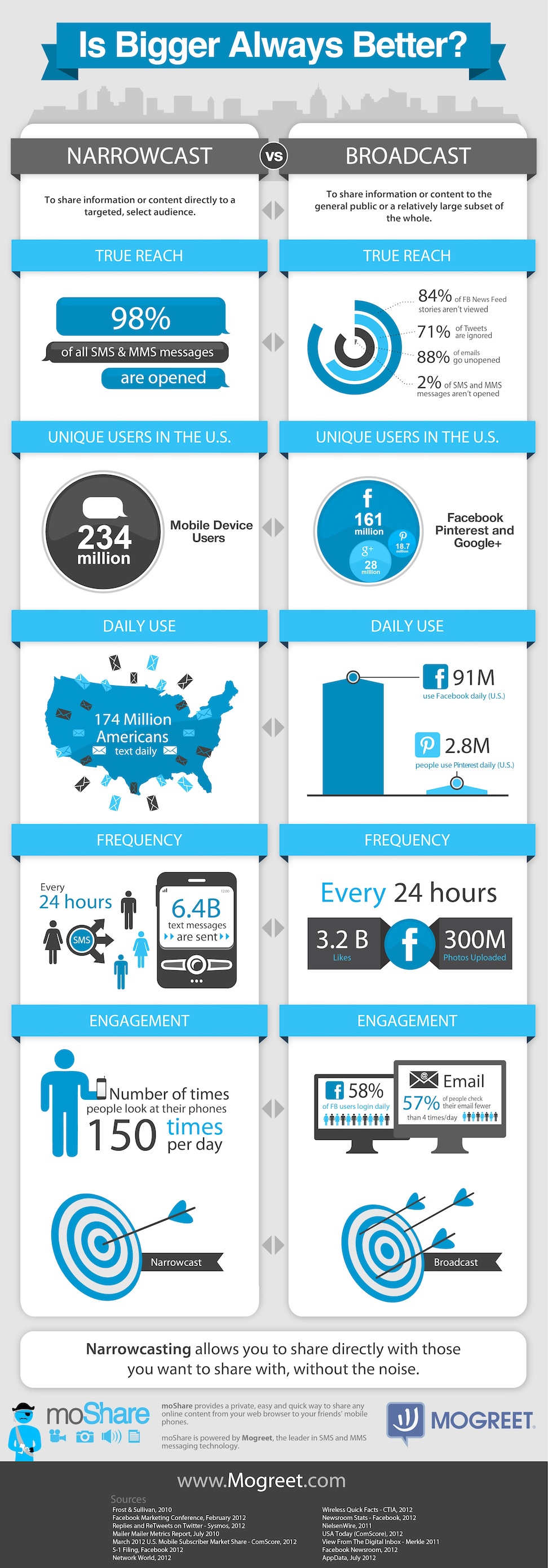The Mobile Revolution is Here Now [Infographic]
For the past 5 years or so, research has predicted that mobile devices would overtake personal computers when it comes to internet usage. The infographic in this blog post pulls together data that shows that the turning point is here now. The Post-PC Revolution infographic was created by Moovweb, a company that has released a “Post-PC cloud-based Platform-as-a-Service (PaaS) that syncs content, features and business logic across all Web experiences - in real time.”
Looking at your own company or business, you’ll likely only need to ask yourself one question,
“Am I ready for my customers to engage with me via mobile devices?”
In another recent post of mine, I’ve identified why your business should go mobile and the best practices around it.
Below are some interesting statistics from the infographic:
- There are currently more than 1,038,000,000 smartphones in use (1 out of every 6.7 people on Earth).
- 79% will abandon your business’s website if it’s not optimized for mobile.
- Media tablet sales will likely increase from 118.9 million in 2012 to 369.2 million by 2016.
- 52% of retailers do not have a mobile website experience (You’re not alone!)
- Amazon.com will reach 4 billion dollars in mobile sales by end of 2012.
- 1 in 8 will use mobile tickets for airlines, rail and bus travel, festivals, cinemas, and sports events in 2015.
- Only 22% of insurers have a mobile quoting app.
- Mobile banking will increase from 47 million users in 2012 to 61 million users in 2013.

